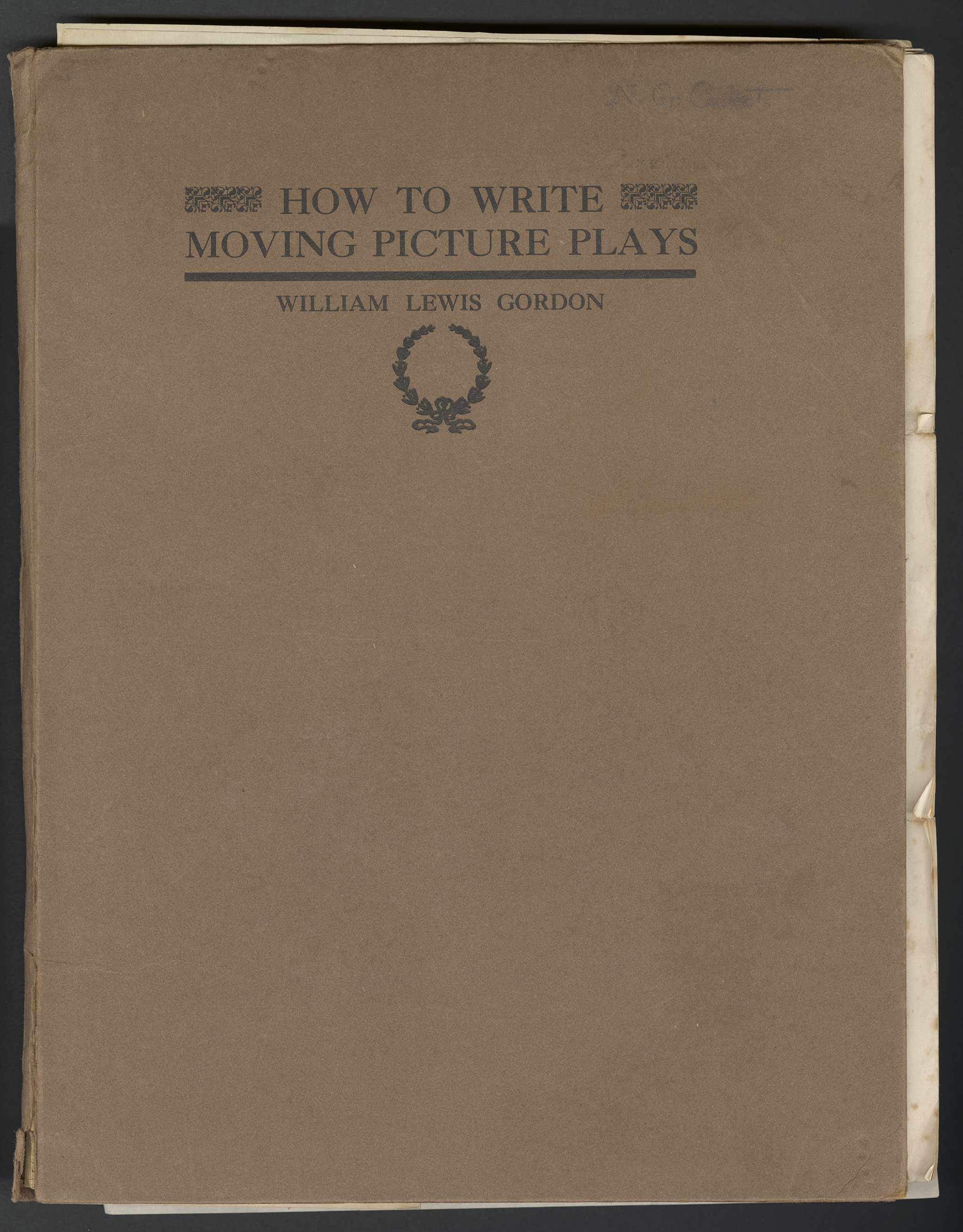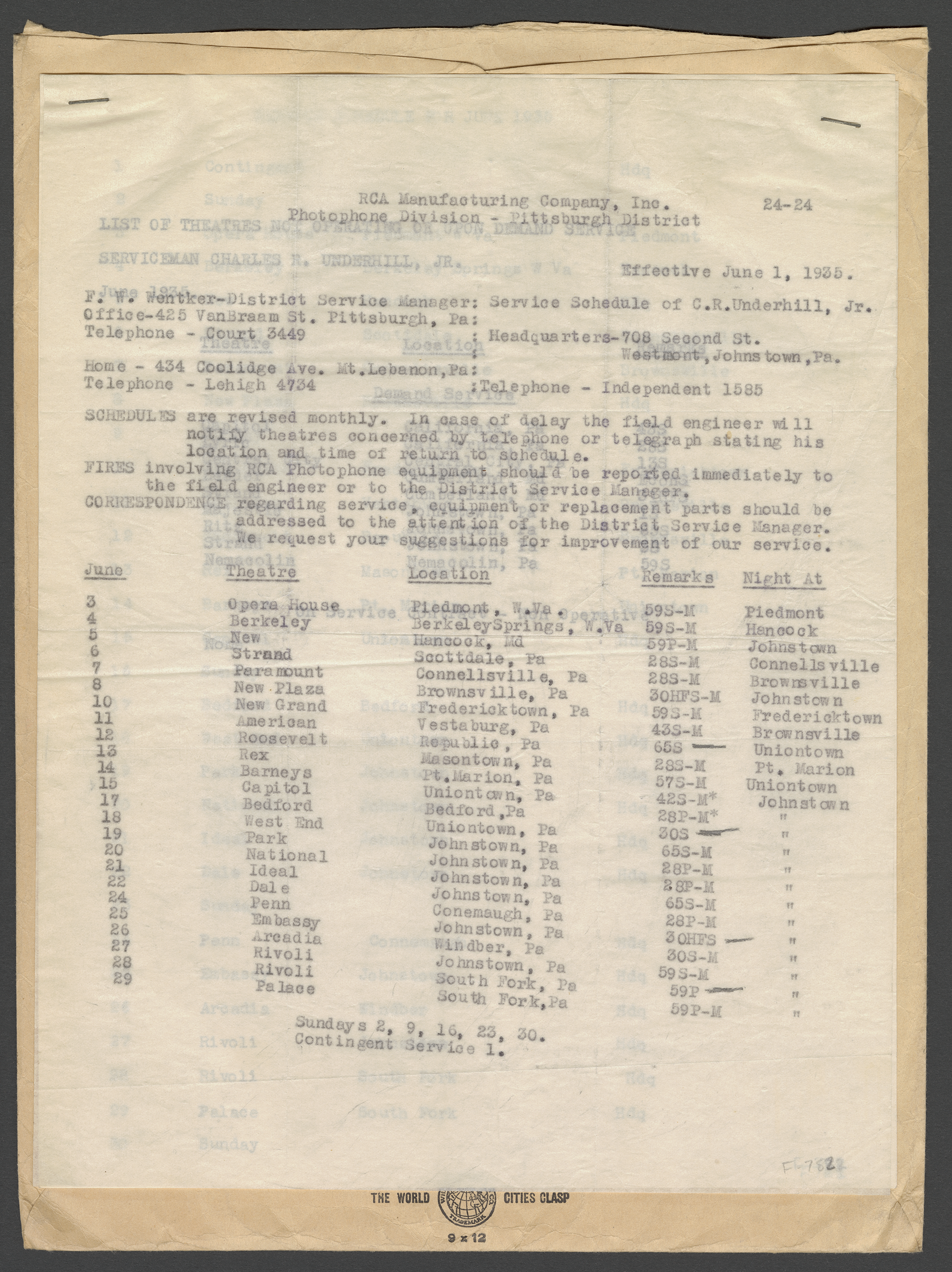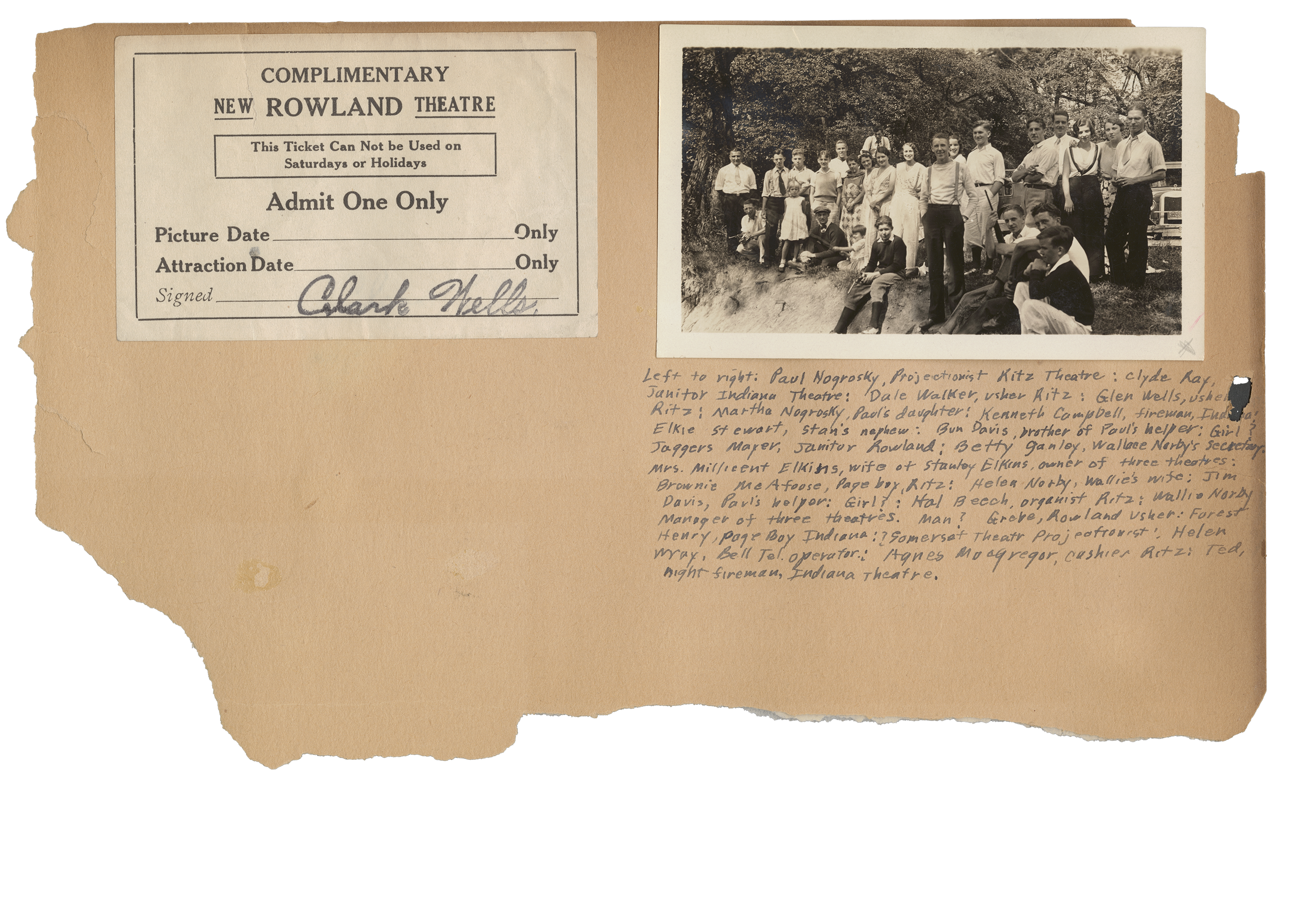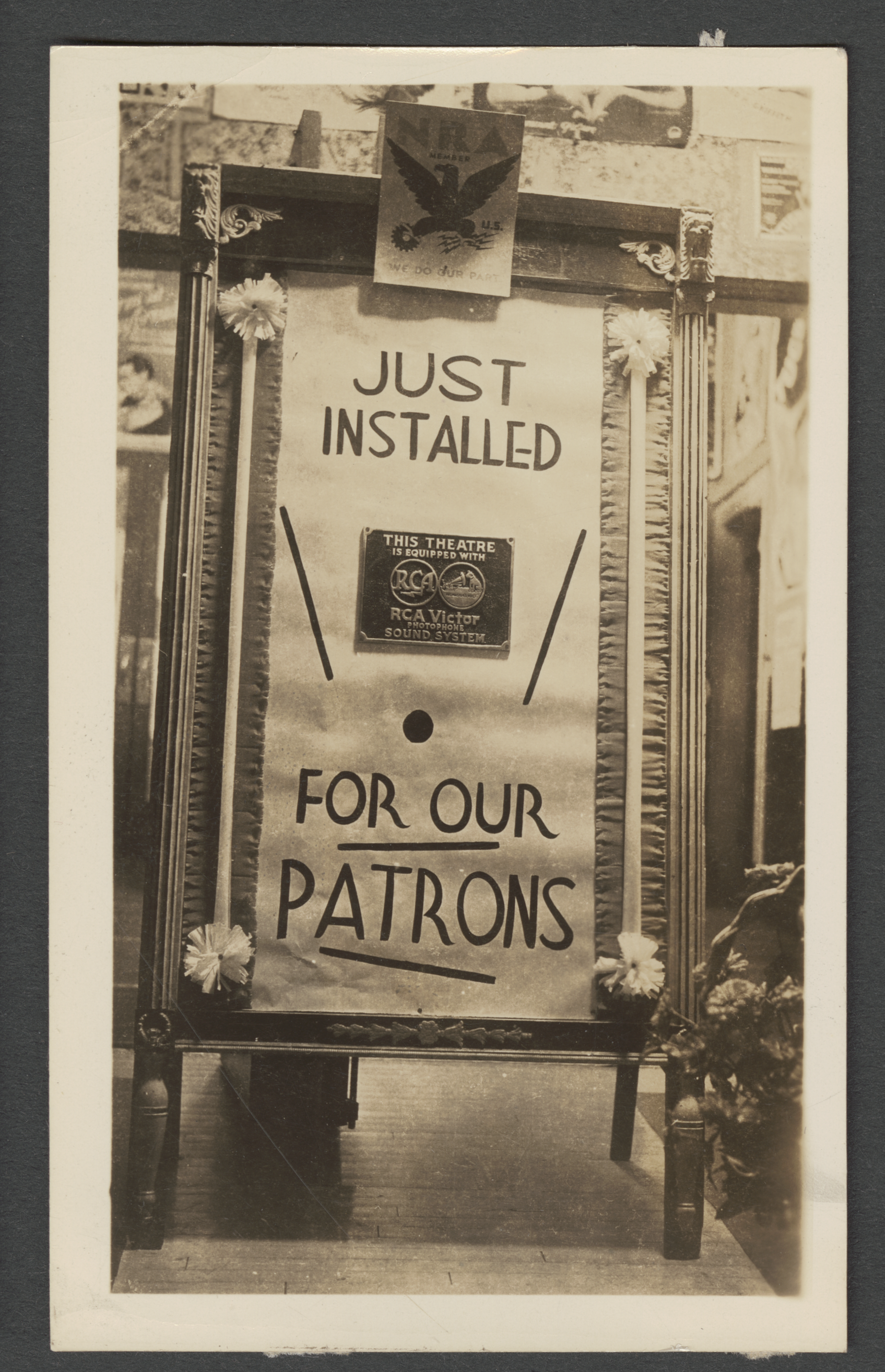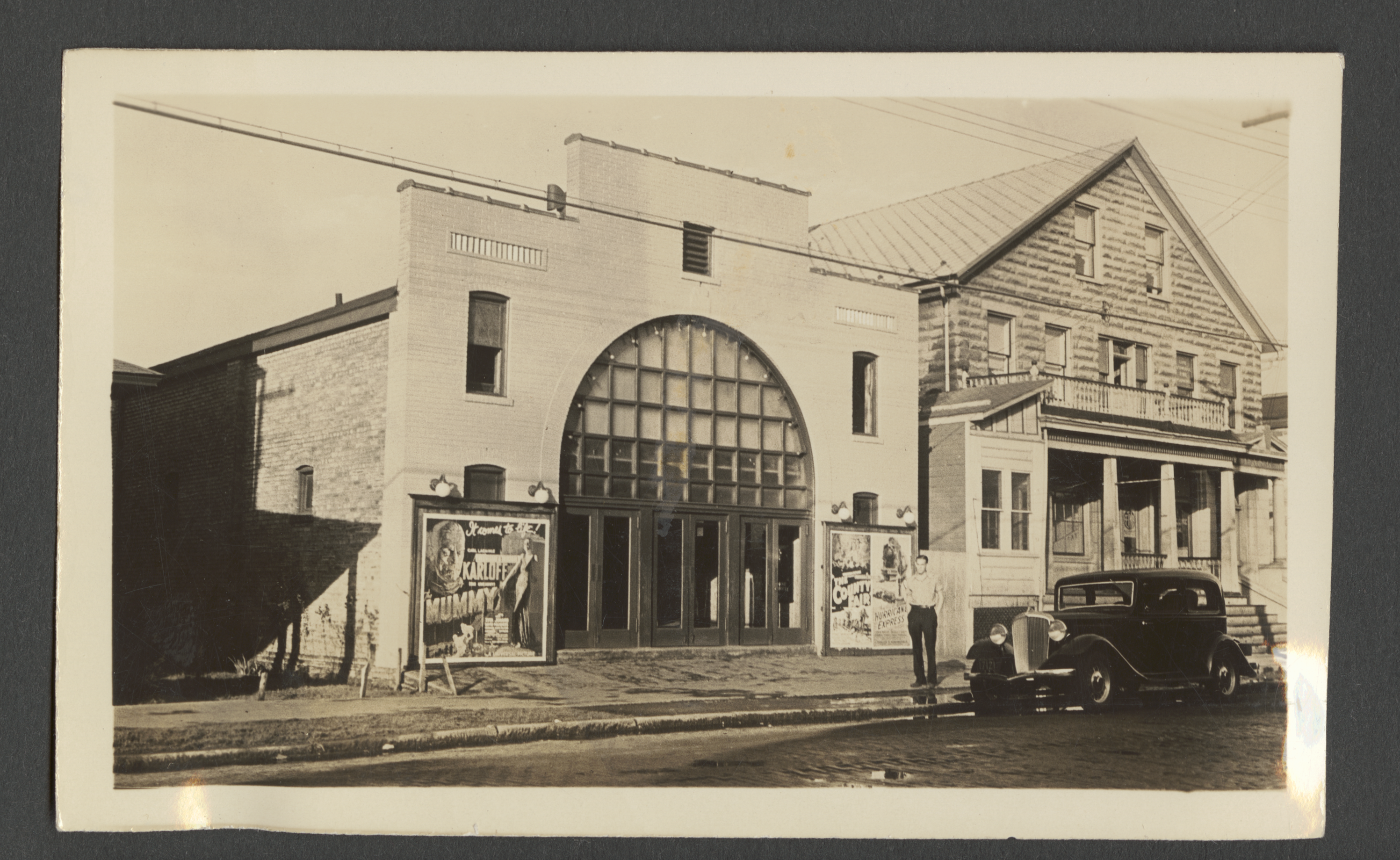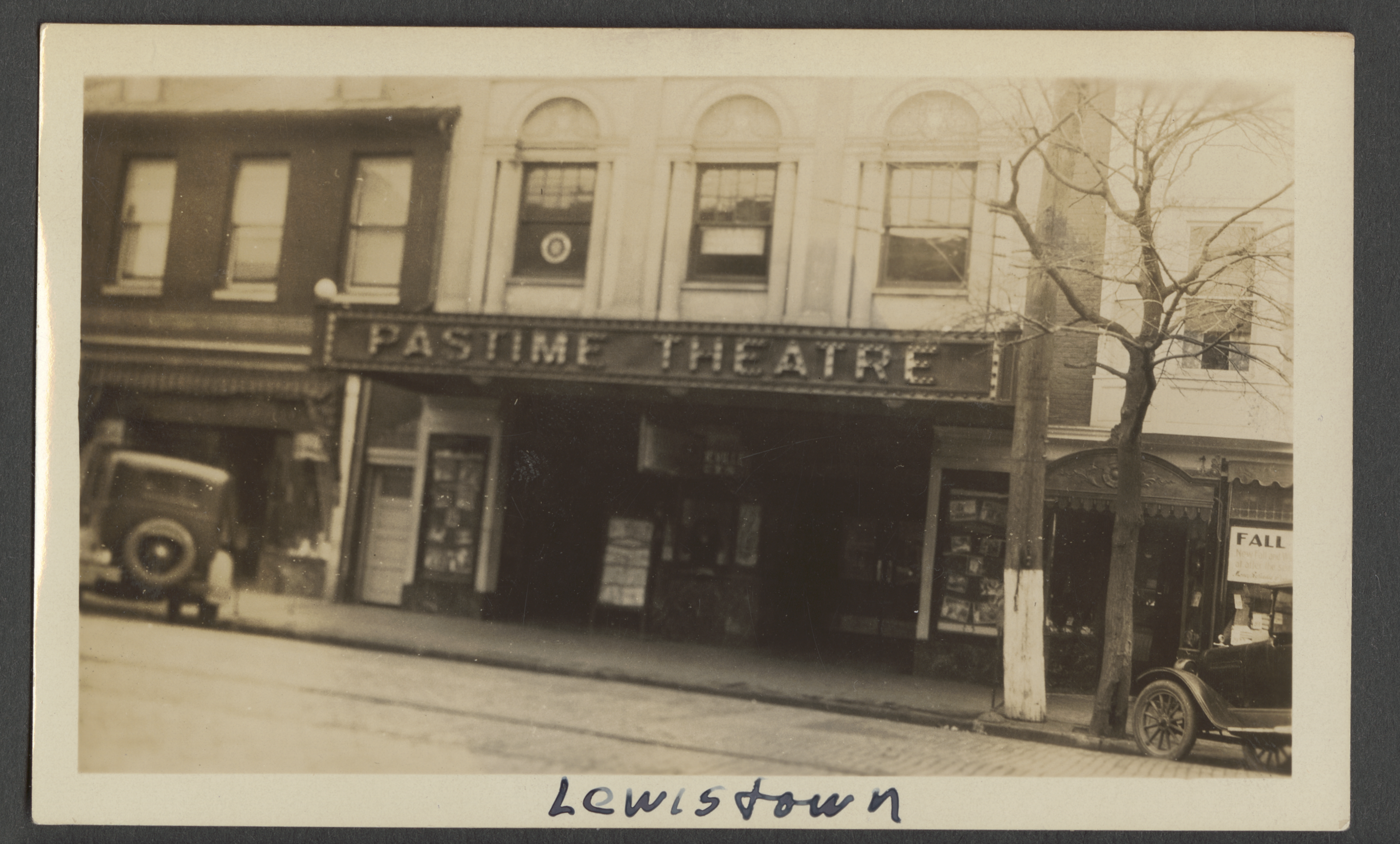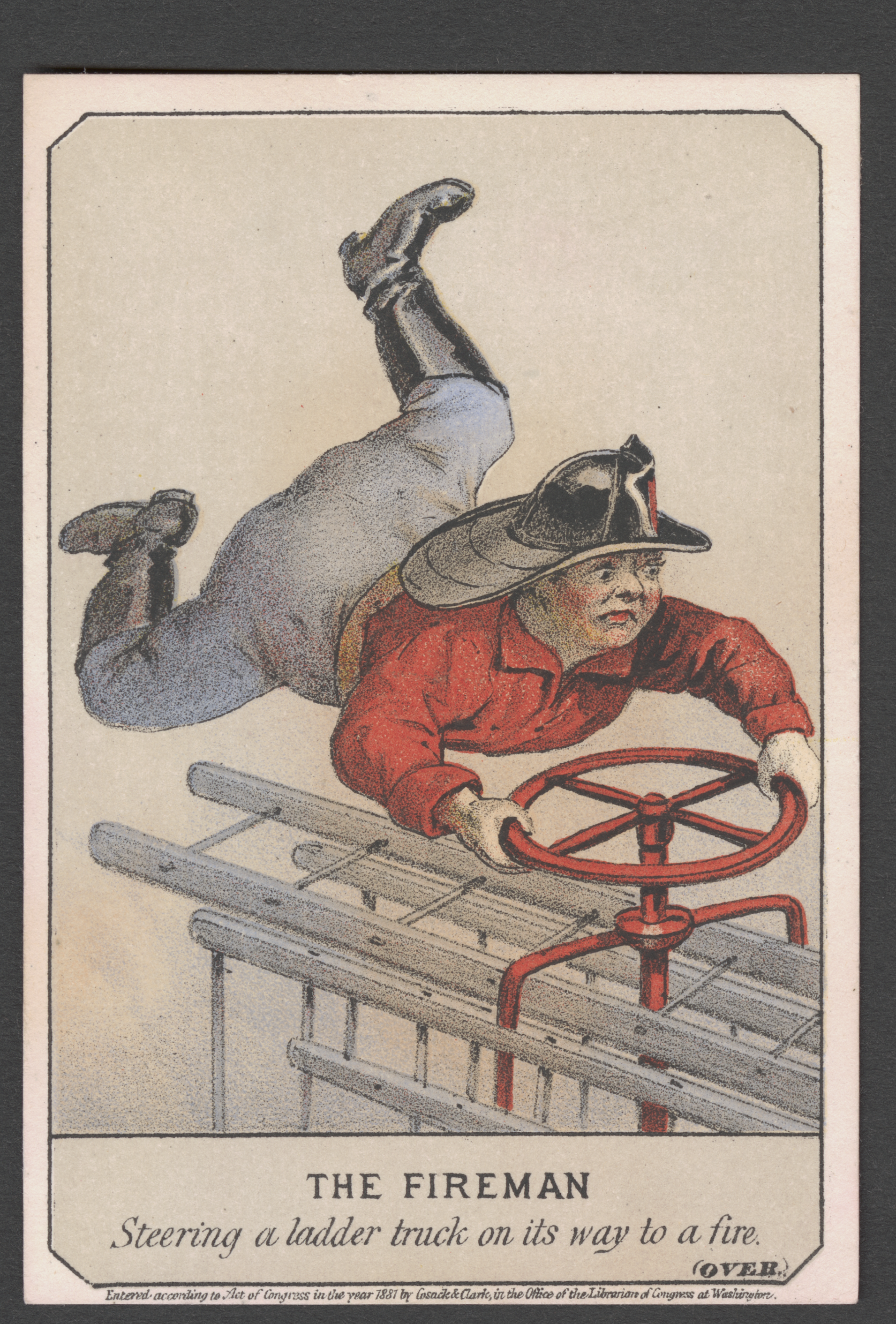The Business of Film: Production, Distribution, Exhibition
Related Resources
The Business of Film: Production, Distribution, Exhibition
The logistics of composing screenplays, equipping movie theaters with up-to-date equipment, publicizing new films, and engineering sound technology were just a few of the considerations involved in the monumental and relatively rapid efforts to facilitate access to cinemas in the United States, especially after the industry’s widespread adoption of synchronized sound at the end of the 1920s. This case considers the ways in which the opportunity to experience movies required the birth of an entirely new industry and consequently, new professions and places. Hoping to produce the next big blockbuster, writers across the country tried their hand at the genre of a screenplay, often guided by DIY manuals like William Lewis Gordon’s How to Write Moving Picture Plays (1915). Existing venues were outfitted with the latest movie-viewing technology, as outlined in the archival collection of Charles R. Underhill, Jr. As a traveling employee for RCA Photophone, Underhill installed motion picture theater projector equipment in theaters from Pennsylvania to Virginia. His photographs, ephemera, and personal records give us a snapshot of the enormous efforts involved in transforming America’s urban landscape to accommodate a public obsession, and fascination, with the glamour of the cinema.
William Lewis Gordon, How to Write Moving Picture Plays, Cincinnati: Atlas Publishing Company, 1915.
This copy of William Lewis Gordon’s manual on writing screenplays includes numerous pieces of ephemera and pamphlets tucked into its pages, creating an unbound scrapbook. The book is thought to have belonged to aspiring screenwriter Nancy Graves Cabot, who tested Gordon’s theories by writing and saving her own silent film “script” titled “Matrimonial Agency.”
“RCA Photophone Pittsburgh Division service schedule”, [June 1935], Charles R. Underhill, Jr. Collection.
This service schedule for June 1935 was sent to projection equipment serviceman Charles R. Underhill Jr. from his employer, RCA Photophone. The fragile pages display Underhill’s expected service to various theaters in the company’s Pittsburgh division. Underhill’s near-constant stream of work throughout the month evinces the rapid technological evolution of the 1930s film industry.
[Page with Roland Theatre Complimentary Ticket and Photo of Theatre Workers], [Pennsylvania], [ca. 1930-1935], Charles R. Underhill, Jr. Collection.
While traveling with RCA Photophone, Underhill collected mementos from the movie theaters he visited. A crowded group photograph captures employees from three small cinemas in Pennsylvania – the Ritz, the Indiana, and the Rowland. Excitement for the flourishing film industry extended from Hollywood to small-town workers in the middle of America.
[Theater Facade Photographs], [ca. 1930s-1935], Charles R. Underhill, Jr. Collection.
Underhill captures the architecture and illustrious marquees of the East Coast’s small theaters. Theaters like these sprang up during the early 20th century to meet the increasing demand of audiences. Out front, posters of new releases and advertisements for new visual and sound technology entice townsfolk to become patrons.

